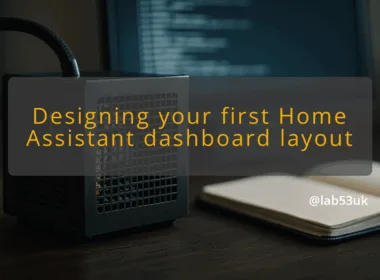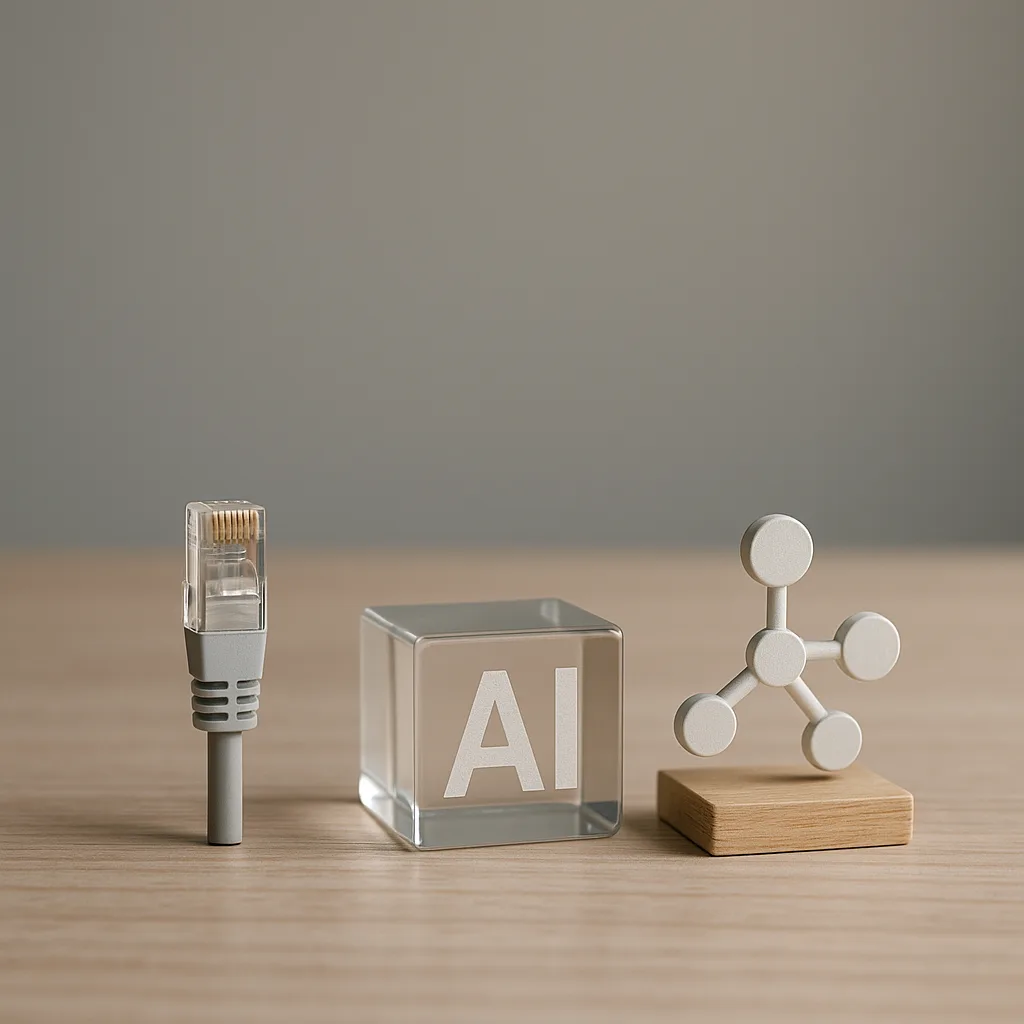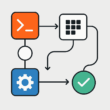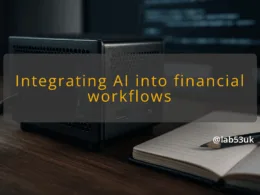AI is no longer a novelty in networking, it is a practical tool for reducing toil, finding faults faster and squeezing more value from existing infrastructure. This guide explains what AI actually does in networks, where it helps most, and how to implement it without breaking things or creating a black box you cannot trust.
What AI does in networks
AI in networking applies machine learning and analytics to telemetry and events to detect patterns humans miss. Typical tasks are anomaly detection in time series (traffic, latency, error rates), event correlation to reduce alert noise, and predictive insights for capacity or configuration drift. Define jargon: telemetry means metrics, logs and traces collected from devices and services. Keep expectations realistic: AI finds patterns and suggests causes, it does not magically fix poorly instrumented systems.
AIOps use cases to start with
Focus on use cases where data is plentiful and outcomes measurable. Common, well-attested AIOps functions for networks are:
- anomaly detection for time series and KPI thresholds
- automated root cause analysis (RCA) via correlation and pattern detection
- alert noise reduction by deduplication and grouping
- automated remediation for routine faults (closed loop) where safe
Real deployments show the quickest wins come from anomaly detection and RCA, which reduce mean time to detect and mean time to repair by surfacing relevant contributors instead of thousands of raw alerts.
Start with detection and context, automate the rest only after you trust the signals.
Design the telemetry and data layer
AI depends on consistent, contextualised data. Build a single observable pipeline that standardises timestamps, normalises metrics and enriches events with topology and configuration context. Practical steps:
- centralise collectors (Prometheus exporters, syslog, streaming telemetry) and normalise formats
- add topology and service maps so models can relate symptoms to upstream components
- store raw and processed data with retention policies tuned for training and troubleshooting
Without that groundwork models will produce false positives and opaque suggestions.
Run staged pilots and pilots that scale
Treat AI projects like software projects: scope small, measure, expand. Start with a narrow pilot (one site, one application class) and run it in parallel with existing monitoring. Validate detections against known incidents and tune thresholds or model features. After proof of value, expand to more sites and automate low-risk remediations. Keep these controls:
- baseline performance before AI goes live
- maintain human-in-the-loop for first 3–6 months
- require rollback and kill switches for automated actions
Address security and governance
Introducing models and automation changes your attack surface. Key controls:
- secure telemetry channels and role based access to model outputs
- log and version model decisions for auditability
- avoid exposing sensitive data in training sets, apply masking where needed
- treat automated remediation as a privileged action requiring change control
These steps help satisfy compliance demands and reduce the risk of model-driven misconfigurations.
Align people and processes
AI changes how NetOps teams work. Expect fewer noisy alerts and more incident investigations rooted in model outputs. Changes to plan for:
- update runbooks to include AI outputs and verification steps
- train engineers to validate model suggestions and tune features
- create an escalation path when model confidence is low
- involve platform or data engineers to own the telemetry pipeline
Successful programmes pair NOC, network engineering and data teams rather than handing the problem to a single vendor.
Measure impact and iterate
Don’t adopt AI as a banner, measure concrete outcomes. Useful metrics:
- alert volume and false positive rate
- mean time to detect (MTTD) and mean time to repair (MTTR)
- number of automated remediations and rollback rate
- model precision, recall and drift over time
Review these monthly during rollout and adjust models, features and retention policies. Treat the system as software that needs continuous training and data hygiene.
AI in networking delivers real benefits when you invest in the basics: good telemetry, small pilots, clear guardrails and operational ownership. With that foundation, AIOps moves from buzzword to a dependable part of the toolkit that reduces toil, accelerates troubleshooting and helps teams get more from existing networks.










